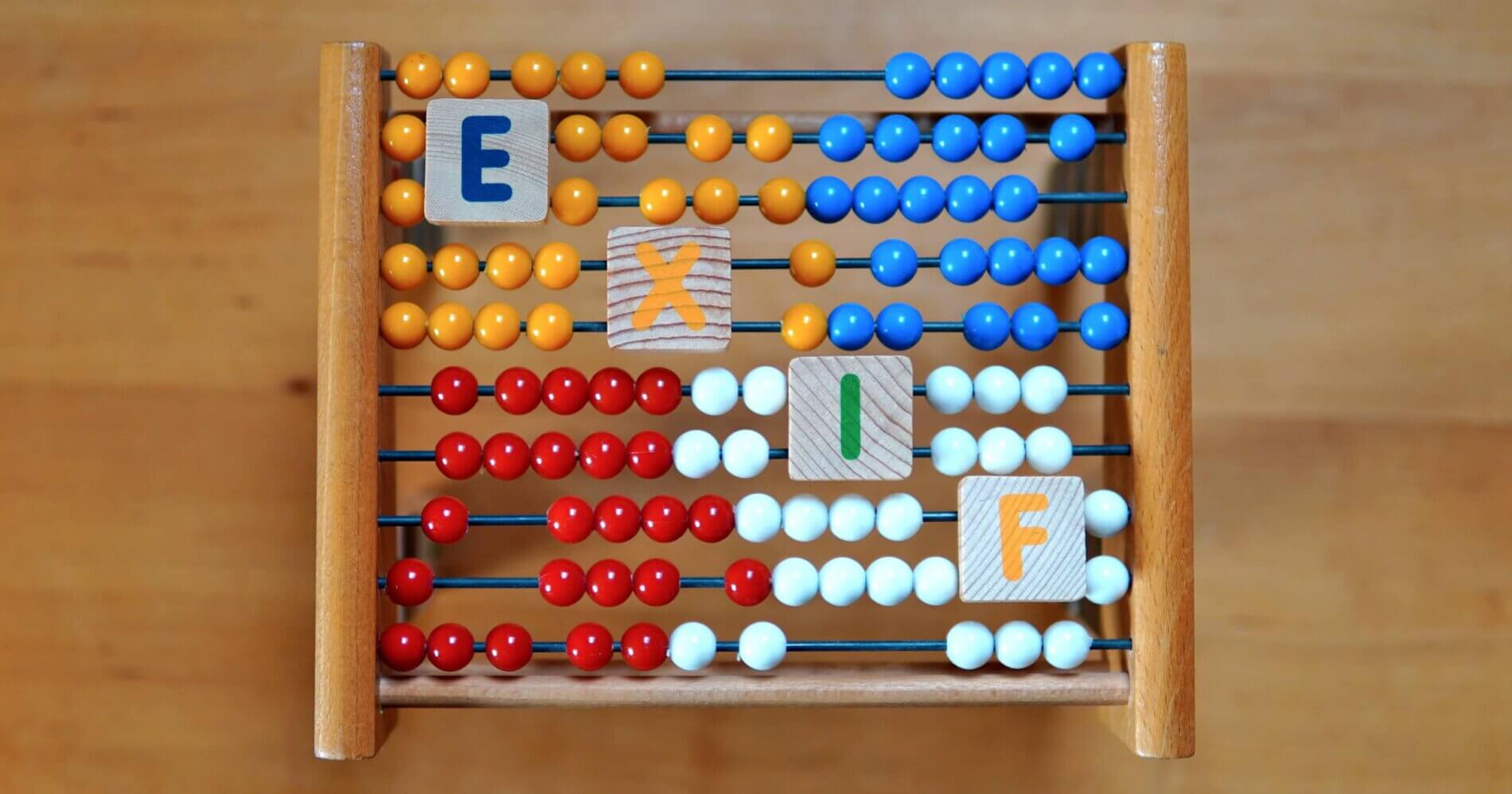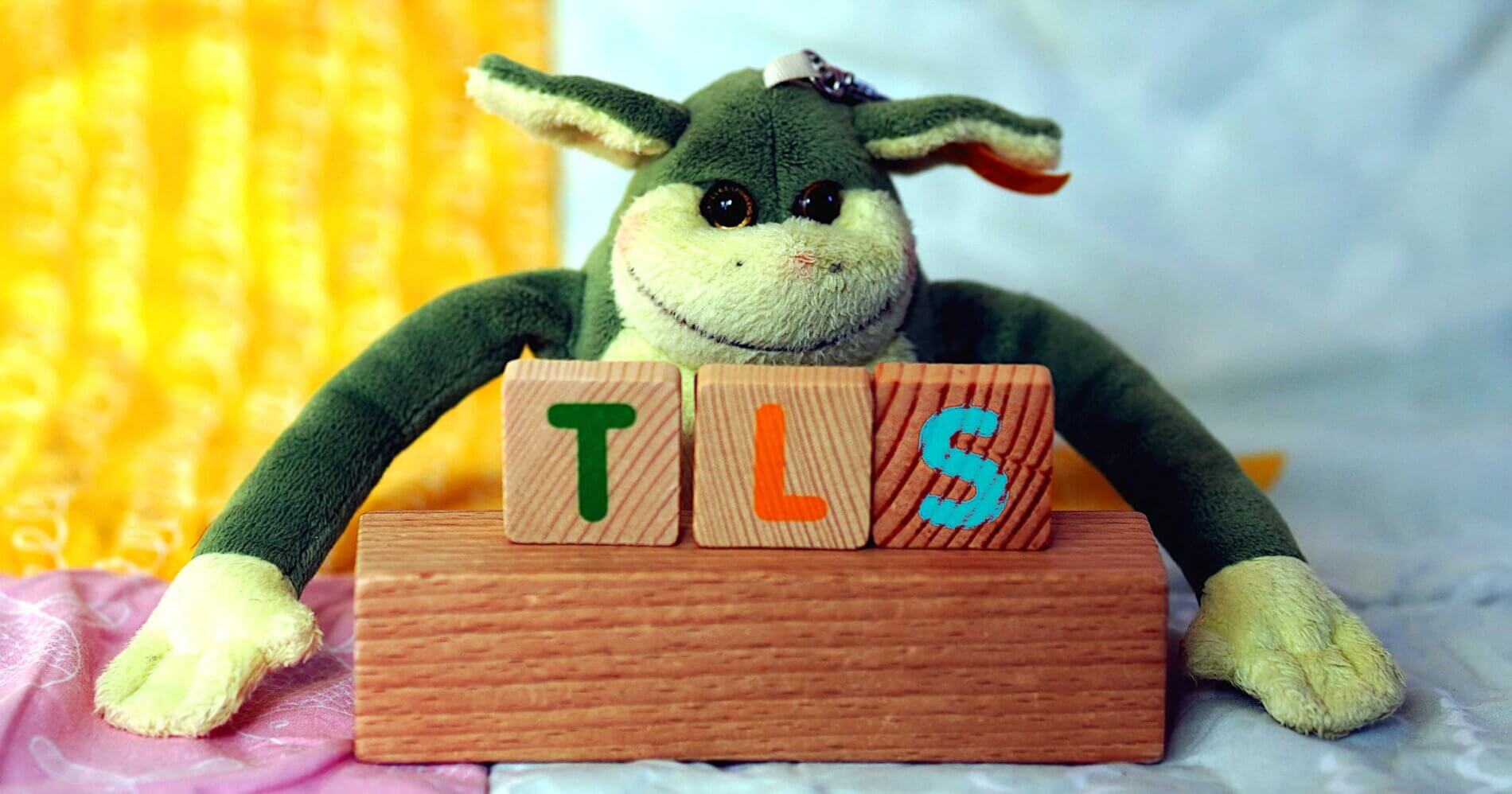
Linux users desesperately looking for multimedia support (generated by Midjourney). Credit: libre-software.net. License: CC BY-SA 4.0
Multimedia, codecs, MP3 & DVD support on RHEL, CentOS, AlmaLinux, Oracle Linux …
Last updated on October 10, 2022
This article has been archived and may contain outdated information.
This tutorial details how to install full multimedia support, media codecs, MP3 & DVD support on Red Hat Enterprise Linux (RHEL) and its derivatives CentOS, AlmaLinux, Rocky Linux or Oracle Linux.
Note: if you did’t add yourself to the sudoers, just rund every command of this howto as root, without the sudo prefix. Or follow this tutorial to add yourself to the sudoers.

Install GStreamer packages
Following packages should already be installed by default on a fresh RHEL / CentOS Oracle Linux (…) installation:
sudo yum install gstreamer gstreamer-plugins-base gstreamer-plugins-good gstreamer-plugins-bad-free
Install the GStreamer modules which are available in the RPMForge repository – note that there are quite a few dependencies:
sudo yum install gstreamer-plugins-bad gstreamer-plugins-ugly gstreamer-ffmpeg
Apart of containing decoders, gstreamer-ffmpeg is the plugin Gnome needs to generate thumbnails for the file browser (Nautilus) and the desktop. Find more information on GStreamer modules on the GStreamer website.
Some of the dependencies are no less than ffmpeg (one of the most important codecs), lame, libcdaudio, libdvdread, libmodplug, libmpeg2, libquicktime, mjpegtools, x264 and xvidcore. Most of them are from RPMforge.
Install more codecs for CentOS
Give mplayer a try:
sudo yum install mplayer mplayer-gui
Once again, there are many dependencies for mplayer, among them esound-libs, libcaca (sic!), libvdpau, mpg123 and svgalib.
Finally, take a look at this page if you feel you’ll be missing w32codecs.
Add libdvdcss for DVD support
Following packages are available from RPMforge:sudo yum install libdvdnav libdvdplay lsdvd
The problematic package is libdvdcss, as it is not available through RPMforge. Libdvdcss can be obtained from Livna:sudo rpm -Uvh http://rpm.livna.org/livna-release.rpm
Alternatively, you can browse Livna to download the package by yourself.

Install VLC Media Player
A Linux installation wouldn’t be complete without the King of all Video players, also available through RPMforge (it also has quite a few dependencies):sudo yum install vlc
That’s all! You should now be able to play any media format on CentOS.
By Johannes Eva, 2012 – October 2022
This article has been linked on LXer.com and some more…












